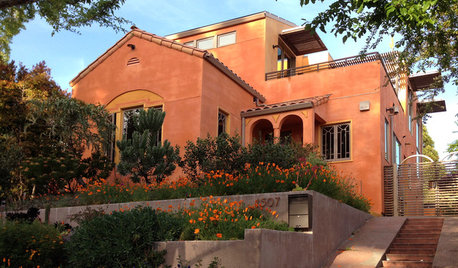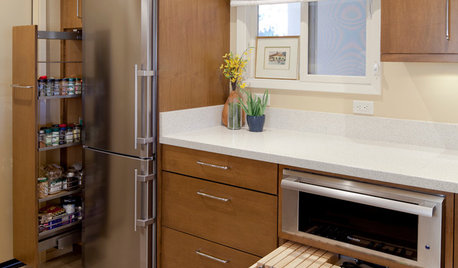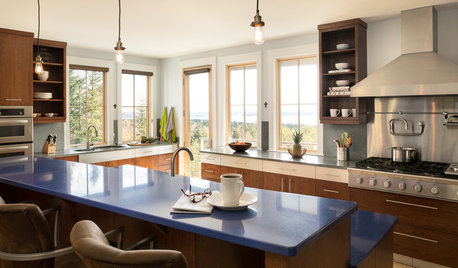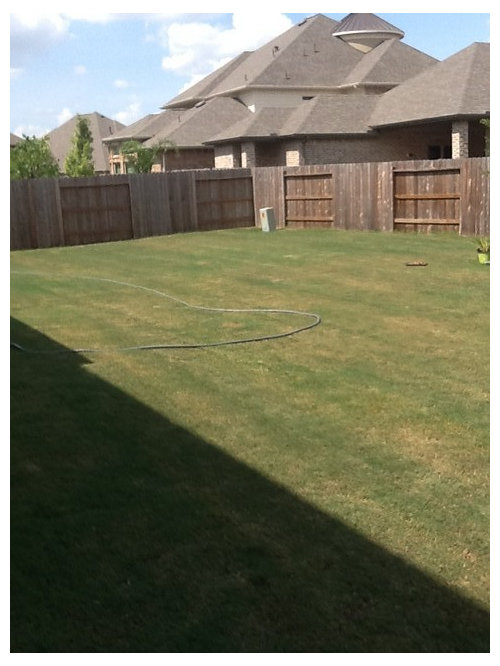Screwdriver test total fail. Where to start?
rockinar
10 years ago
Featured Answer
Sort by:Oldest
Comments (21)
rockinar
10 years agolast modified: 9 years agoRelated Professionals
Arlington Landscape Architects & Landscape Designers · Summit Landscape Architects & Landscape Designers · Florham Park Landscape Contractors · Kahului Landscape Contractors · Melrose Landscape Contractors · New Brighton Landscape Contractors · Parkland Landscape Contractors · Rochester Landscape Contractors · Southbury Landscape Contractors · Tamarac Landscape Contractors · Tehachapi Landscape Contractors · West Allis Landscape Contractors · White Bear Lake Landscape Contractors · Woodbury Landscape Contractors · Buena Park Swimming Pool Buildersdchall_san_antonio
10 years agolast modified: 9 years agorockinar
10 years agolast modified: 9 years agoforsheems
10 years agolast modified: 9 years agomulchmama
10 years agolast modified: 9 years agocwrebel
10 years agolast modified: 9 years agoandy10917
10 years agolast modified: 9 years agodchall_san_antonio
10 years agolast modified: 9 years agoiriasj2009
10 years agolast modified: 9 years agograss1950
10 years agolast modified: 9 years agograss1950
10 years agolast modified: 9 years agodchall_san_antonio
10 years agolast modified: 9 years agograss1950
10 years agolast modified: 9 years agouscjusto
10 years agolast modified: 9 years agodchall_san_antonio
10 years agolast modified: 9 years agojcalhoun
10 years agolast modified: 9 years agograss1950
10 years agolast modified: 9 years agoccelle
9 years agomorpheuspa (6B/7A, E. PA)
9 years agodchall_san_antonio
9 years ago
Related Stories


DECORATING GUIDESHow to Decorate When You're Starting Out or Starting Over
No need to feel overwhelmed. Our step-by-step decorating guide can help you put together a home look you'll love
Full Story
HOUZZ TOURSHouzz Tour: Stunning Rooftop Deck Tops a Totally Remodeled Home
An overhaul of this Berkeley home includes new landscaping, a sunny home office, 2 bedrooms and a rooftop entertainment space
Full Story
MOST POPULAR10 Things to Ask Your Contractor Before You Start Your Project
Ask these questions before signing with a contractor for better communication and fewer surprises along the way
Full Story
REMODELING GUIDESWhere to Splurge, Where to Save in Your Remodel
Learn how to balance your budget and set priorities to get the home features you want with the least compromise
Full Story
MOST POPULARThe Right Way to Test Paint Colors
Here are 5 key steps to take to ensure you're happy with your wall paint color
Full Story
SMALL SPACESDownsizing Help: Where to Put Your Overnight Guests
Lack of space needn’t mean lack of visitors, thanks to sleep sofas, trundle beds and imaginative sleeping options
Full Story
ORGANIZINGYour Total Home Organizing and Decluttering Guide
Take it slow or be a speed demon — this room-by-room approach to organizing and storage will get your home in shape no matter how you roll
Full Story
FUN HOUZZ14 Things You Need to Start Doing Now for Your Spouse’s Sake
You have no idea how annoying your habits at home can be. We’re here to tell you
Full Story
DECLUTTERING5 Ways to Jump-Start a Whole-House Decluttering Effort
If the piles of paperwork and jampacked closets have you feeling like a deer in the headlights, take a deep breath and a baby step
Full StoryMore Discussions









grass1950